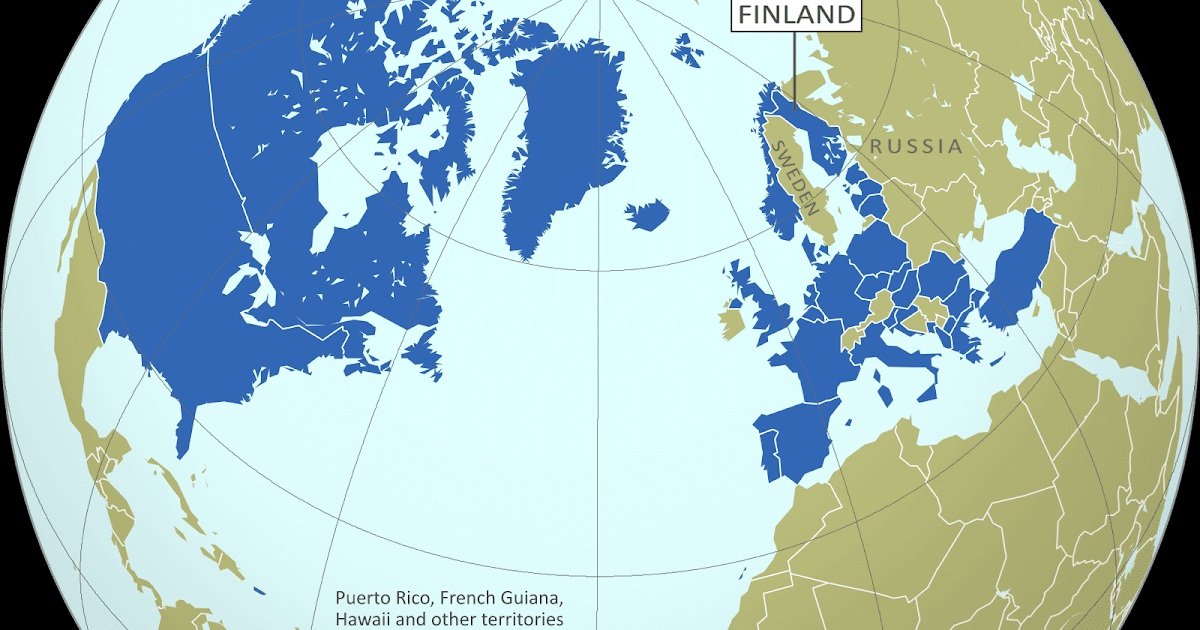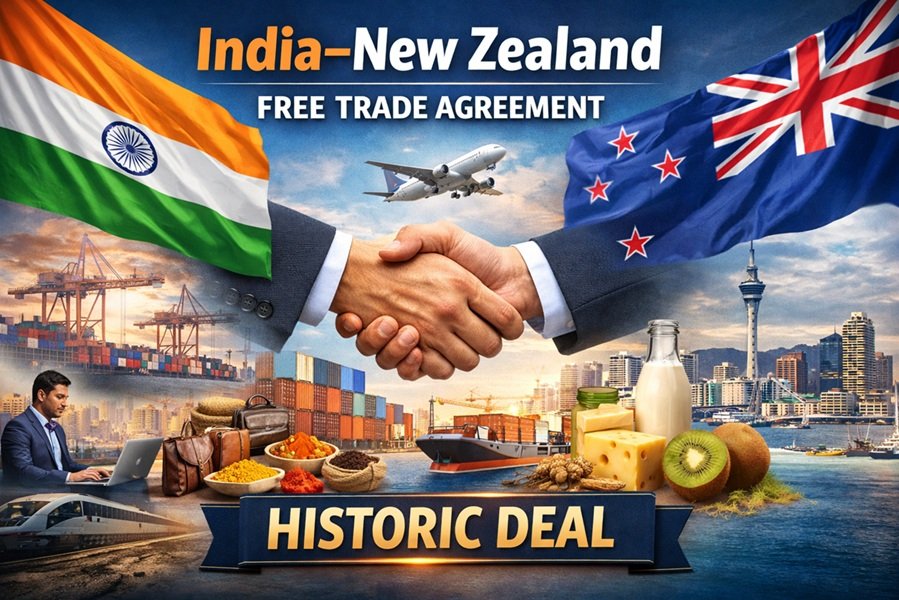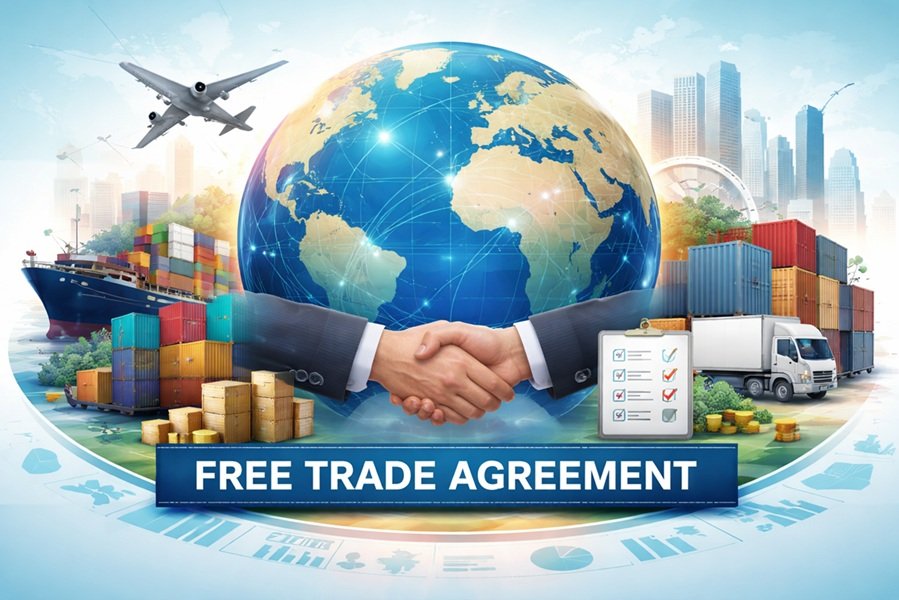
The North Atlantic Treaty Organization (NATO) is one of the most prominent international military alliances, known for its role in ensuring collective defense and promoting peace and stability in the Euro-Atlantic region. Established in the aftermath of World War II, NATO has evolved to become a central force in global security, involving not just military cooperation but also political and economic collaboration among its members. In this article, we will explore NATO’s history, structure, key objectives, roles, and a complete list of its members, along with the alliance’s importance on the global stage.
What is NATO?
NATO is a political and military alliance formed on April 4, 1949, with the signing of the North Atlantic Treaty (also known as the Washington Treaty). The main goal of NATO is to provide collective defense for its members, ensuring that if one member is attacked, the others will come to its aid. NATO’s primary focus was initially the defense of Western Europe from the threat of Soviet expansion, but over the decades, its role has expanded beyond traditional military defense.
The Core Purpose of NATO
NATO’s core purpose can be summarized as:
- Collective Defense: The cornerstone of NATO is Article 5 of the North Atlantic Treaty, which stipulates that an armed attack against one or more of NATO’s members is considered an attack against all. This principle is designed to deter any potential aggression against member countries. Article 5 was invoked for the first time after the September 11, 2001, terrorist attacks in the United States.
- Crisis Management: NATO plays a significant role in managing and responding to crises, whether they are military, political, or humanitarian. It provides a framework for conducting peacekeeping missions and stabilization operations in conflict zones.
- Cooperative Security: NATO collaborates with partner countries and organizations to enhance security and stability beyond its borders. This includes working with countries in the Mediterranean, the Middle East, and Asia, and engaging in joint exercises and training.
- Partnership and Diplomacy: NATO promotes diplomatic cooperation with its member states and partners worldwide. Through dialogue and partnerships, NATO works to prevent conflicts, resolve disputes, and strengthen the global security architecture.
- Promoting Democratic Values: NATO supports democracy, rule of law, human rights, and the peaceful resolution of conflicts. This commitment to shared democratic values forms the foundation of the alliance’s activities and decision-making processes.
The Structure of NATO
NATO’s structure is complex and includes both political and military elements to achieve its objectives. The organization is composed of several key components:
- NATO Headquarters: Located in Brussels, Belgium, the NATO headquarters is the central administrative body for the alliance. It coordinates policy, decision-making, and strategic planning for all member countries.
- The North Atlantic Council (NAC): The NAC is NATO’s principal decision-making body, consisting of permanent representatives from each member country. The NAC provides overall political direction, makes decisions on policy, and oversees the implementation of NATO’s strategic goals.
- The Secretary General: The Secretary General is the highest-ranking official within NATO, responsible for representing the alliance and ensuring that the policies and decisions of the NAC are implemented. The Secretary General is appointed by the member countries and serves a four-year term.
- The Military Committee: Comprising the Chiefs of Defense of NATO member countries, the Military Committee advises the NAC on military matters and provides military guidance. It ensures that NATO’s military operations are aligned with the political goals of the alliance.
- NATO Command Structure: NATO operates a robust military command structure that includes two main commands:
- Allied Command Operations (ACO): Responsible for NATO’s military operations, ACO is led by a Supreme Allied Commander Europe (SACEUR).
- Allied Command Transformation (ACT): Focused on transforming and adapting NATO’s military capabilities to meet evolving threats, ACT is led by a Supreme Allied Commander Transformation (SACT).
- NATO Forces and Commands: NATO has a vast network of forces and resources, including multinational brigades, air forces, naval forces, and special operations units. These forces are drawn from member countries and are ready to deploy on short notice if needed.
NATO’s Role in Global Security
Since its inception, NATO has played a key role in both regional and global security:
- Cold War Era: NATO was formed primarily to counter the Soviet Union’s expansionist policies in Europe. It served as a counterbalance to the Warsaw Pact, an alliance of Eastern Bloc countries under Soviet influence. During the Cold War, NATO’s presence was vital in maintaining peace in Europe, preventing direct conflict between the superpowers through deterrence and diplomacy.
- Post-Cold War: After the dissolution of the Soviet Union in 1991, NATO’s role shifted to addressing new security challenges such as regional conflicts, terrorism, and the proliferation of weapons of mass destruction. NATO conducted peacekeeping missions in the Balkans (Bosnia and Herzegovina, Kosovo) in the 1990s and early 2000s.
- The War on Terror: Following the September 11 attacks, NATO invoked Article 5 for the first time, leading to the deployment of forces in Afghanistan. NATO’s International Security Assistance Force (ISAF) played a significant role in stabilizing Afghanistan and combating the Taliban and Al-Qaeda.
- Contemporary Challenges: In the 21st century, NATO faces a variety of challenges, including cyber threats, hybrid warfare, and rising geopolitical tensions. The alliance has focused on strengthening its deterrence posture against Russia, ensuring the security of member states, and adapting to the threats posed by non-state actors like terrorist organizations.
- Partnerships and Expansion: NATO has formed various partnerships with countries outside the alliance to promote global security. It has expanded its membership, incorporating countries from Central and Eastern Europe that were once part of the Soviet sphere of influence.
NATO’s Expansion and Membership
NATO originally had 12 founding members, but over the years, it has expanded to include 30 countries. The expansion of NATO has been a significant geopolitical event, particularly after the end of the Cold War, as countries in Central and Eastern Europe sought membership for security reasons.
Here is a list of NATO member countries as of 2025:
- Albania (joined 2009)
- Belgium (founding member, 1949)
- Bulgaria (joined 2004)
- Canada (founding member, 1949)
- Croatia (joined 2009)
- Czech Republic (joined 1999)
- Denmark (founding member, 1949)
- Estonia (joined 2004)
- France (founding member, 1949)
- Germany (joined 1955, reunified with East Germany in 1990)
- Greece (joined 1952)
- Hungary (joined 1999)
- Iceland (founding member, 1949)
- Italy (founding member, 1949)
- Latvia (joined 2004)
- Lithuania (joined 2004)
- Luxembourg (founding member, 1949)
- Montenegro (joined 2017)
- Netherlands (founding member, 1949)
- North Macedonia (joined 2020)
- Norway (founding member, 1949)
- Poland (joined 1999)
- Portugal (founding member, 1949)
- Romania (joined 2004)
- Slovakia (joined 2004)
- Slovenia (joined 2004)
- Spain (joined 1982)
- Turkey (joined 1952)
- United Kingdom (founding member, 1949)
- United States (founding member, 1949)
- Finland (2023)
- Sweden (2024)
NATO Partnerships and Cooperation
NATO’s influence extends beyond its formal members. It has a number of partnerships with non-member countries and organizations, such as:
- Partnership for Peace (PfP): A program aimed at building trust between NATO and countries in Eastern Europe, Central Asia, and the Caucasus.
- Mediterranean Dialogue: A forum for cooperation between NATO and seven countries in the Mediterranean region.
- Istanbul Cooperation Initiative: A NATO initiative with Gulf countries, aiming to enhance security cooperation.
- Contact Countries: Countries such as Australia, Japan, and South Korea, which cooperate with NATO on a range of security issues.
Conclusion
NATO has evolved into one of the most influential and powerful military alliances in the world, with a primary focus on collective defense, crisis management, and cooperative security. Over the decades, NATO has expanded its membership, taken on new roles, and adapted to an ever-changing global security environment. Its ability to respond to diverse security challenges—from traditional military threats to modern cyber warfare—demonstrates the alliance’s flexibility and commitment to the collective defense of its member states.
As global security dynamics continue to evolve, NATO remains a central player in the maintenance of peace, stability, and the protection of democratic values worldwide. With 30 member countries, and a robust network of partnerships, NATO’s importance is unlikely to diminish in the foreseeable future.







